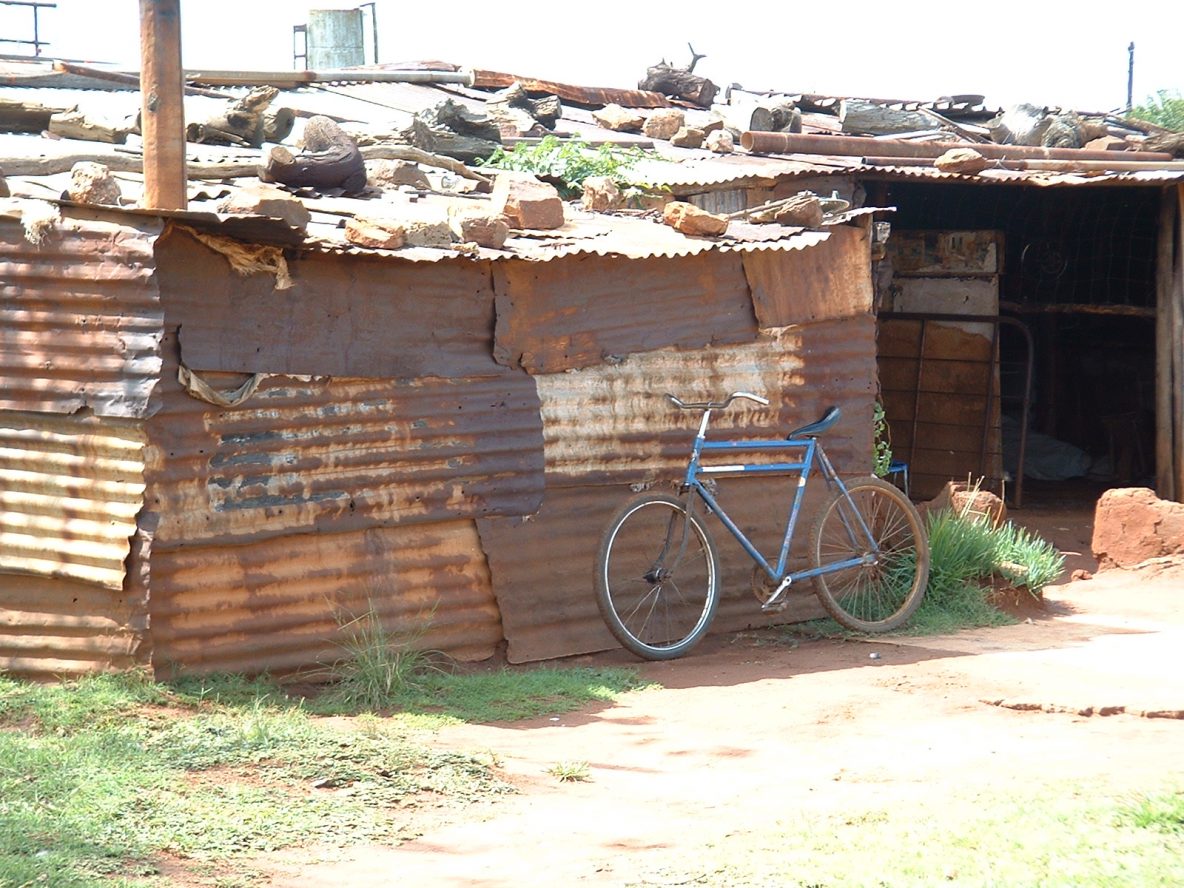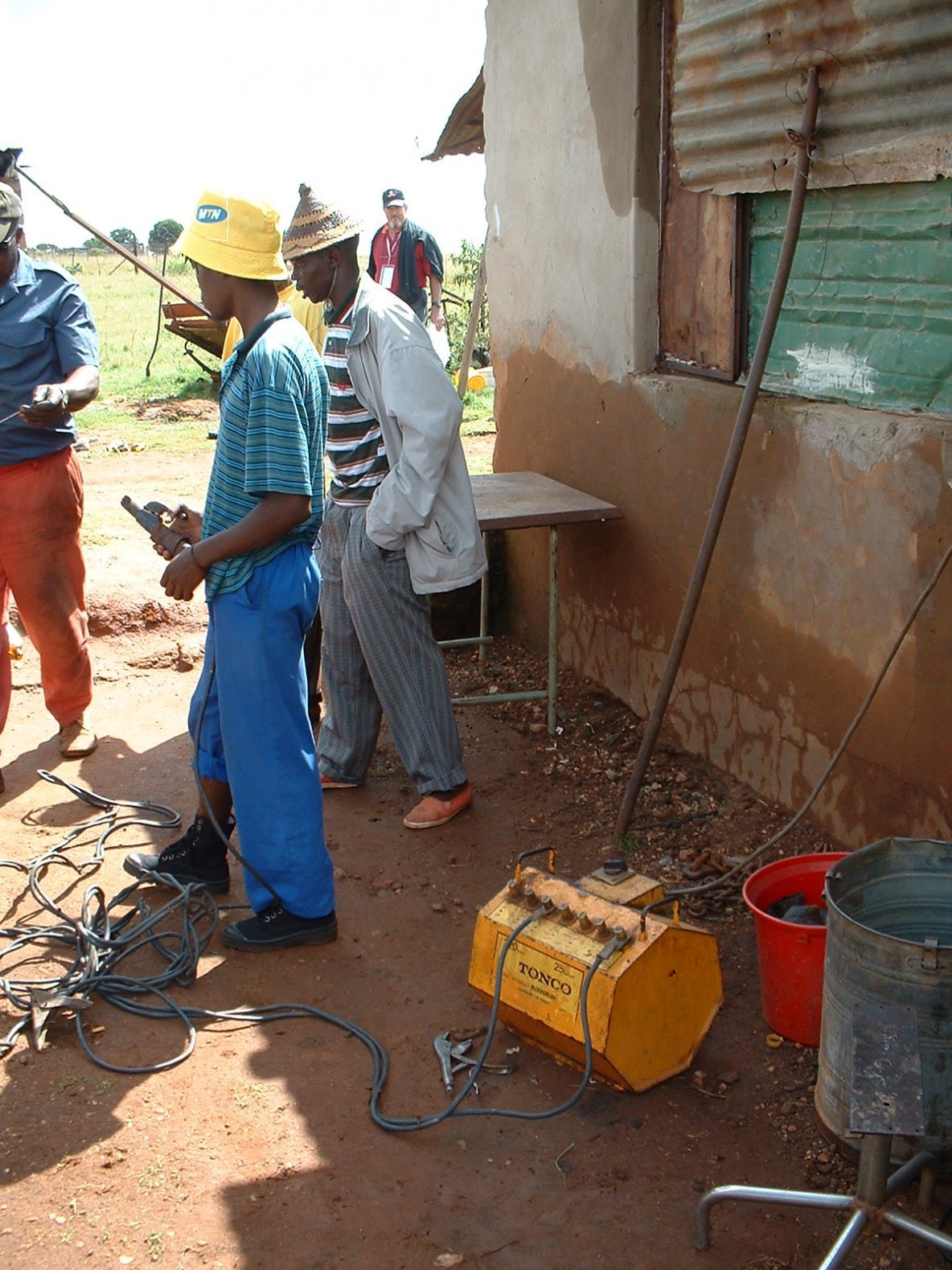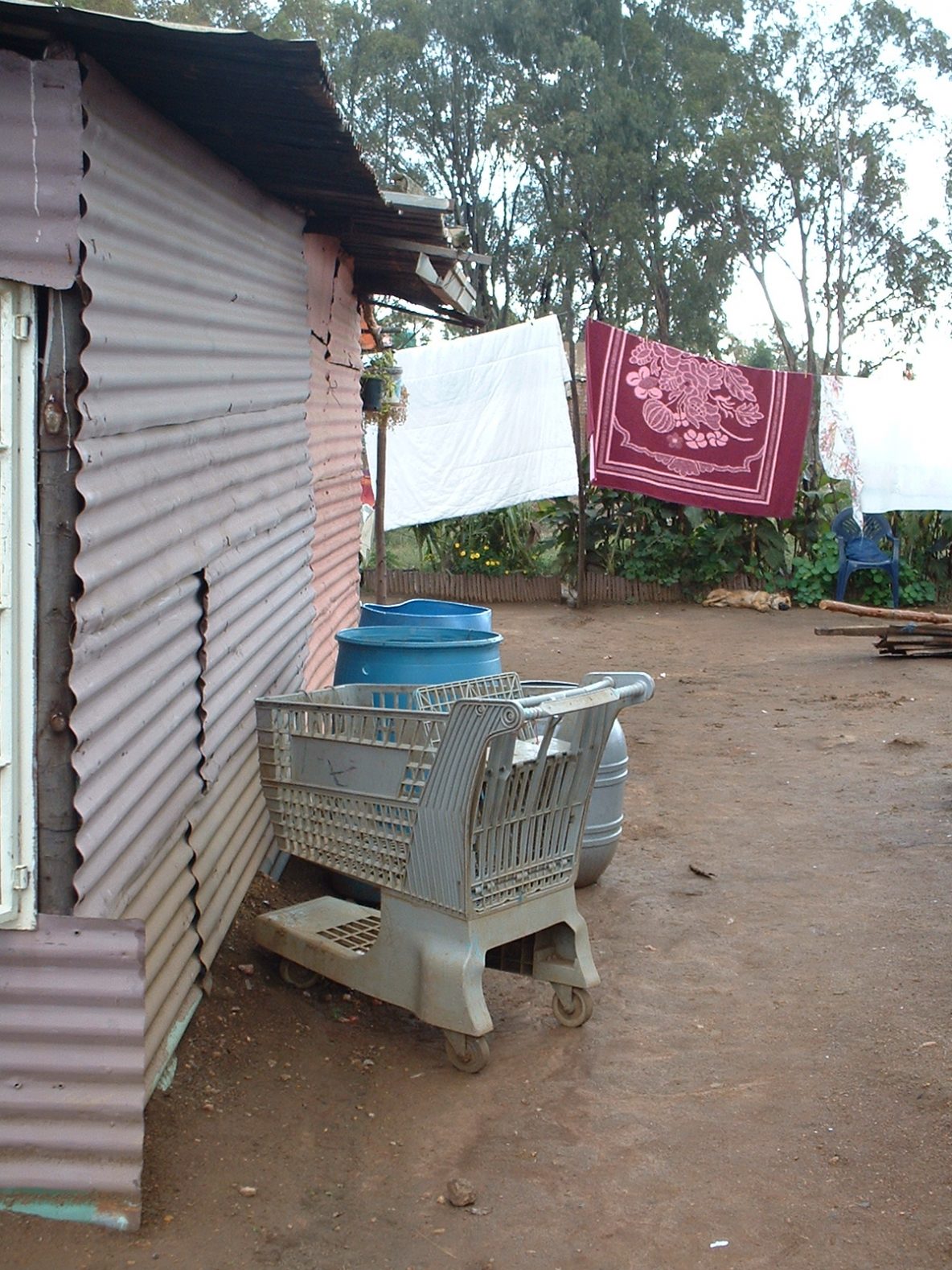Usually hosted by an ICSID (International Council of Societies of Industrial Design [now the World Design Organization] member society, an ICSID Interdesign is a forum in which mid-career designers from different countries and cultures work together with local experts for an intensive two-week period, exploring design issues of national, regional and global importance. Interdesign workshops focus on subjects of international significance and are aimed at providing innovative and appropriate solutions through co-operative problem-solving. Ultimately, these solutions should be implemented to make a real difference to the region in which the Interdesign has taken place. The emphasis is on understanding local cultures and actively engaging local communities in helping to find meaningful, realistic answers.
Overview:
The Interdesign 2005, endorsed by ICOGRADA (International Council of Graphic Design Associations) and the South African Department of Transport, came about after the South African Bureau of Standards (SABS) Design Insitute [closed in 2019] received a request from the North-West provincial government to develop specifications for the building of a donkey cart for specific local uses. This request created an awareness of the challenges involved with rural transport in South Africa, and it was decided that the country could benefit if the broader issue of sustainable non-motorised rural transport in South Africa was addressed by designers. Four teams of designers were created: Animal-drawn Carts, Alternative Modes of Transport, Communication project, and Bicycles and Tricycles (of which I was a member).
During my keynote Address at the LeNS Designing Sustainability for All International Distributed Conference in April 2019 I provide a reflective critique of my experience participating in this project. The relvant except follows:
Outcomes:
- Campbell, A.D. 2006. Industrial Designers Help to Improve Rural Transport. UJ: University of Johannesburg News Magazine, Autumn:48-49. Edited by Anderson, N.A.
- Campbell, A.D. 2005. Interdesign for Sustainable Rural Development. FADA Research Newsletter, 5, Nov.:6.
- Kruger, E. 2005. ICSID Interdesign 2005 on Sustainable Rural Transport: Technology for the Developing World. SABS Design Institute South Africa.
- Campbell, A.D. 2005. How Design Education can be Sensitised to National Needs through Interdesign Participation. Paper presented to ICSID Interdesign Feedback Session: Design as a Catalyst for Development, SA Reserve Bank. Pretoria, South Africa, 21 Sept.
- Campbell, A.D. 2005. ICSID Interdesign: Sustainable Rural Transport: Bicycles & Tricycles. Presentation of Concepts and Findings from the Workshop to Local Government and Municipalities. Rustenburg, South Africa,16 April.

















